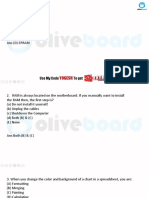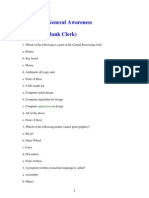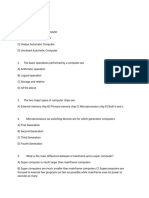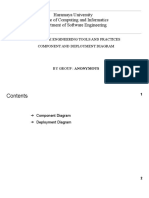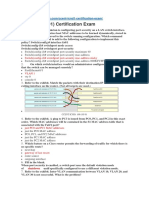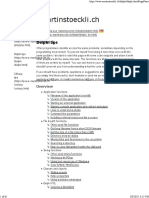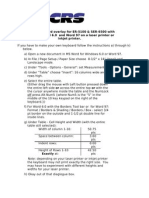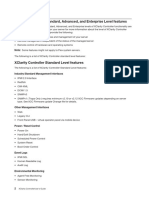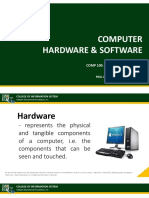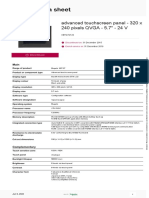0% found this document useful (0 votes)
108 views16 pagesComputer Basic Answer Keys
The document contains 50 multiple choice questions related to computer fundamentals such as hardware components, memory types, operating systems, generations of computers, and networking. The questions cover topics like input/output devices, protocols, pioneers in computer architecture, memory hierarchy, and software applications.
Uploaded by
jagadeeshpersonaluseCopyright
© © All Rights Reserved
We take content rights seriously. If you suspect this is your content, claim it here.
Available Formats
Download as PDF, TXT or read online on Scribd
0% found this document useful (0 votes)
108 views16 pagesComputer Basic Answer Keys
The document contains 50 multiple choice questions related to computer fundamentals such as hardware components, memory types, operating systems, generations of computers, and networking. The questions cover topics like input/output devices, protocols, pioneers in computer architecture, memory hierarchy, and software applications.
Uploaded by
jagadeeshpersonaluseCopyright
© © All Rights Reserved
We take content rights seriously. If you suspect this is your content, claim it here.
Available Formats
Download as PDF, TXT or read online on Scribd
/ 16



















